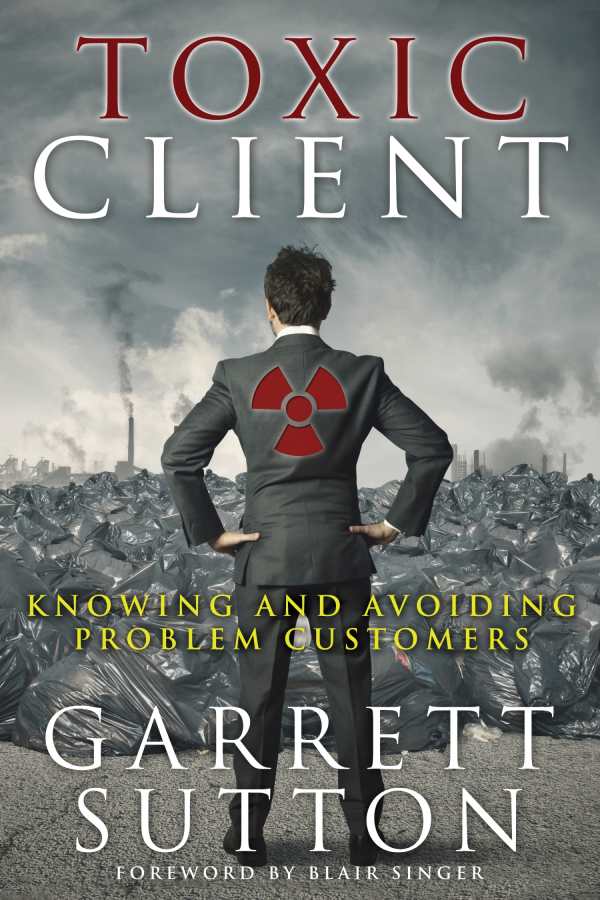Toxic Client
Knowing and Avoiding Problem Customers
Sutton provides practical advice for budding business owners on how to keep poisonous patrons off their rosters.
In Toxic Client: Knowing and Avoiding Problem Customers, prolific author and lawyer Garrett Sutton covers common types of poisonous patrons. He gives business owners practical tips on how to spot such clients before taking them on, and actionable advice on how to jettison them if they’ve somehow weaseled their way onto the customer list.
Toxic Client contends that “not every customer is a good customer.” Knowing how to leave the bad apples out of the barrel will give business owners more time to serve and recruit good customers—ones who register reasonable complaints only when warranted, pay on time, and treat their service providers with the same respect they want in return.
The flip side of the client coin includes customers who are angry for no apparent reason, those who lie to get what they want, freeloaders, and more. While accepting their contracts and complaints may be tempting—especially for an entrepreneur trying to build a business—Sutton argues that toxic clients can have the opposite effect, diverting attention from activities and accounts that will help to sustain a strong balance sheet for the long haul.
One of the strengths of the book is its case studies, real-world examples illustrating different types of toxic clients, along with explanations of how business owners dealt with them—sometimes successfully, sometimes not. These case studies cover a wide variety of industries, from house-painting companies to hair salons. The provided examples and advice can be applied almost universally. Collected from Sutton’s own experiences and those of business owners he’s counseled throughout his career, the case studies will elicit sympathy and unpleasant memories in any entrepreneur who’s been in business for a while; the same types of caustic clients are all too common.
Sutton’s clear, concise writing style is a strength. Brief introductions and transitions between case studies are peppered with bullet points and well-placed subheadings that help make the book an easy read. Key takeaway lessons are boldfaced, numbered, and set apart from the rest of the text to make skimming, scanning, and note-taking easy for time-pressed business owners. In keeping with its streamlined structure, the book doesn’t include footnotes. Endnotes or a reference list would have given chapter introductions the same level of authority as the book’s case studies.
The book’s plain-English approach and simple structure serve its purposes and support its thesis. While Toxic Client may read like an unpleasant overview of lessons already learned by veteran entrepreneurs, it also provides practical advice and examples for budding business owners on how to keep poisonous patrons off their rosters, and how to fire harmful clients bent on stealing their services, time, and sanity.
Reviewed by
Charlene Oldham
Disclosure: This article is not an endorsement, but a review. The publisher of this book provided free copies of the book and paid a small fee to have their book reviewed by a professional reviewer. Foreword Reviews and Clarion Reviews make no guarantee that the publisher will receive a positive review. Foreword Magazine, Inc. is disclosing this in accordance with the Federal Trade Commission’s 16 CFR, Part 255.

